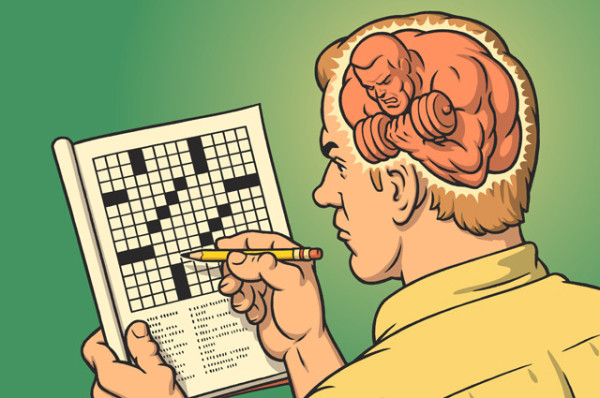Suicide is the act of intentionally causing one’s death. Risk factors include mental disorders such as:
- Depression,
- Bipolar disorder,
- Schizophrenia,
- Personality disorders, and
- Substance abuse including alcoholism and the use of benzodiazepines (class of drugs commonly prescribed to treat anxiety, insomnia, epilepsy and alcohol dependence; Wikipedia).
In recent times, suicide has become more common all over the world.
The tragic deaths of Kate Spade and Anthony Bourdain reminds us mental health needs to be prioritized and the stigma surrounding mental disorder stopped. According to the CDC, suicide is the second leading cause of death among young people between the ages of 10-24.
In many countries, talking about suicide is avoided. Primarily because many feel bringing up this topic will create ideas for people who are depressed or wanting to end their lives.
Many people believe individuals who want to end their lives are selfish. However, in most cases, it’s worthlessness, shame and overwhelming pain that drive people to commit suicide.
Some known causes of suicide are:
- Depression and other Mental Illnesses – Many people who commit suicide are depressed or suffering from a type of mental illness. The feeling of hopelessness and pain makes some individuals see death as the only way out. More awareness must be created about mental diseases. When the shame associated with being mentally ill is stopped, more people will be open to talking about how they feel and getting the necessary help.
- Stress – Some people find it harder coping with the stress that comes with everyday life. They think the world will be better without them and their problems.
- Bullying – Victims of bullying can fall into depression leading them to commit suicide.
- Financial Difficulties – Some people find it harder to deal with the loss of a job or difficult financial situations which can make them decide to end it all.
- Failed or Troubled Marriage/Relationship – The end of a marriage or relationship can also cause despair and loneliness triggering suicidal thoughts.
- Suicide Contagion – This has also been known to increase the cases of suicide by causing individuals who have suicidal thoughts to end their lives eventually. It’s a process where the death of one person or several people can lead to a rise in suicides of other people particularly those who are already struggling with suicidal thoughts. Suicide contagion occurs when the media talks about a suicide death in details, exposing the method of death and portraying the person who has died by suicide in a way that will encourage a vulnerable and suicidal person to take their own life.
Suicide isn’t a mental illness. But severe mental issues can lead to suicide if not managed or treated.
In the light of the significant increase in the cases of suicide, there are some warning signs to look out for if you suspect your loved one is suicidal.
Frequent Sadness and Moodiness – More attention should be paid to friends and family members who experience long-lasting sorrow and frequent mood swings.
Insomnia – In most cases, there’s an underlying cause when people have trouble sleeping. It could be stress, mental illness or inability to cope with a difficult situation.
Hopelessness – Feeling hopeless about the future or life can cause suicidal thoughts.
Disassociation – Withdrawal from previously enjoyed social activities could be a sign a person is depressed which can lead to suicidal thoughts.
A Sudden Change in Personality or Appearance – Another sign to look out for is excessive calmness after a period of depression or sudden change in the physical appearance of an individual.
Self-harmful Behavior – Individuals who live a risky lifestyle for example, engaging in unsafe sex, reckless driving or use of drugs no longer value life.
Recent Loss or Life Crisis – The loss of a loved one, pet, job, divorce or the diagnosis of a serious illness can make a person suicidal.
Treatments for people with suicidal thoughts vary depending on the cause. However, some preventive measures include:
- Limited access to methods of suicide such as firearms, drugs and poison.
- Therapy helps in reducing the feeling of despair and hopelessness. Seeking professional help, talking to a family member or friend can help a person with suicidal thoughts.
- Making suicide helplines available to everyone. Many people are unaware there are resources available to turn to when struggling with suicidal thoughts.
- Mental illness stigma should be stopped so more people can get help or treatment as this is the leading cause of suicide.
- The media or TV shows should avoid glamorizing suicide in a way that could trigger a person who is suffering from depression or another mental illness.
People who are suicidal need a lot of love and support. Let them know you’re available if they need you, be willing to listen without passing judgments. Remind them their existence is valuable and no situation is permanent.
This service is available to everyone.






